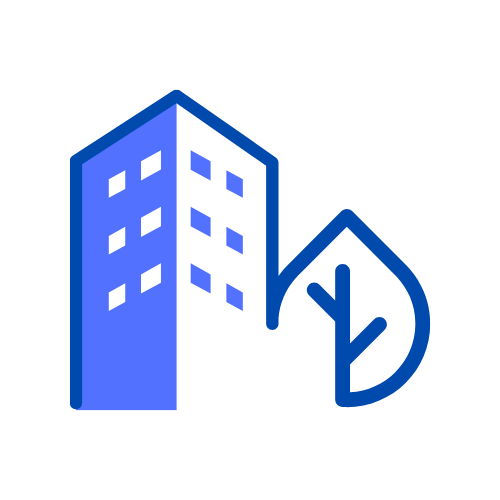In the world of smart building technology, the term “proprietary” often comes up when discussing the systems that power these buildings. While technically all hardware in smart building environments is proprietary in some form, there are different categories of proprietary solutions. These can be divided into three main groups, each with its own set of advantages and challenges:
1. Exclusively Controlled by One Company
This model involves a single entity handling the hardware, software, installation, and maintenance, providing a seamless, one-stop solution. This approach guarantees consistency and ease of management, but it also comes with significant downsides.
The most notable issue is vendor lock-in, which limits flexibility and raises the cost of upgrades or expansions. Since the entire system is reliant on a single provider, if that company falters—whether through poor service, inadequate innovation, or even financial issues—clients are left with few options. This can result in costly and disruptive overhauls of the entire system. Often, clients choose to tolerate underperforming solutions rather than incur the expense and hassle of switching providers, especially since many proprietary systems come with ongoing subscription fees regardless of performance. The long-term risks of such a solution—dependency on one company for all aspects of the system—can significantly outweigh the initial convenience.
2. Manufactured by One Company but Installed and Supported by Third Parties
In this more common model, a single company produces both the software and hardware but outsources the installation, integration, and ongoing support to third-party system integrators. This offers some flexibility to the end user, as they can potentially switch service providers or look for better rates on replacement parts and maintenance.
However, hardware lock-in remains a significant drawback. Once a company has invested in this proprietary hardware, they are limited to that specific vendor’s equipment, even if the vendor stops production or merges with another company. Furthermore, as third-party integrators are often regionally focused, clients with properties in multiple locations may experience inconsistent service quality or support levels, further complicating their systems.
This model can work for clients who prioritize flexibility in terms of service and support, but the reliance on proprietary hardware still poses risks, especially if the vendor undergoes a major change, such as a merger or acquisition, which can impact service quality.
3. Off-the-Shelf Hardware with Proprietary Software
This model uses off-the-shelf hardware from third-party suppliers, but the software running on it is proprietary to the vendor. This offers the highest flexibility for end users, as they are not tied to a specific hardware supplier. If a client is dissatisfied with the service, software, or pricing, they can switch to another provider without having to replace the entire hardware infrastructure.
This approach encourages competition among software vendors, pushing them to continuously improve their offerings to maintain customer loyalty. It also promotes a more cost-effective environment, as clients can shop around for the best pricing on both hardware and software. However, like the previous models, third-party integrators often handle installation and support, which means service experiences can differ depending on the region and provider.
Clients opting for this model enjoy greater autonomy and control, but they need to be diligent in selecting vendors that offer the best combination of performance, support, and cost.
Navigating the Challenges of Proprietary Hardware in Building Management
As building owners and property managers make decisions about the technology they deploy in their buildings, the use of proprietary systems can pose significant challenges—particularly when it comes to buying, selling, or expanding their portfolios.
Many commercial real estate owners seek to maximize the value of their assets by standardizing the technology across their portfolios. This allows them to streamline operations and deliver a consistent experience for tenants. However, when it comes time to sell a property, proprietary systems can complicate the transition.
For instance, if a building is equipped with proprietary hardware from a specific vendor, it can be expensive and disruptive to replace that system with something that aligns with the buyer’s preferred technology stack. This challenge is compounded by high subscription fees that accompany proprietary systems, which make it difficult to lower operational expenses. The only way to reduce these costs is often through a complete “rip and replace” of the system, which can be a significant burden for the new property owner.
Furthermore, vendor contracts often include a 30-day out clause, which allows the property owner to terminate the contract when selling the building. However, ending the contract can create other issues, particularly if the system is cloud-based. If the software stops running, critical features such as access control may be disabled, rendering the building’s security systems ineffective.
Conclusion
When considering smart building technology, it’s important to weigh the benefits and risks of proprietary systems. While they offer convenience and consistency, they also come with challenges such as limited flexibility, vendor lock-in, and high costs. Understanding the differences between fully proprietary solutions, hybrid models, and those that leverage off-the-shelf hardware is crucial for property owners, developers, and tenants alike. The goal should always be to choose a system that not only meets immediate needs but also supports long-term adaptability and growth, without locking you into a single vendor.


